Landing site for Julius Caesar's invasion of Britain discovered for first time
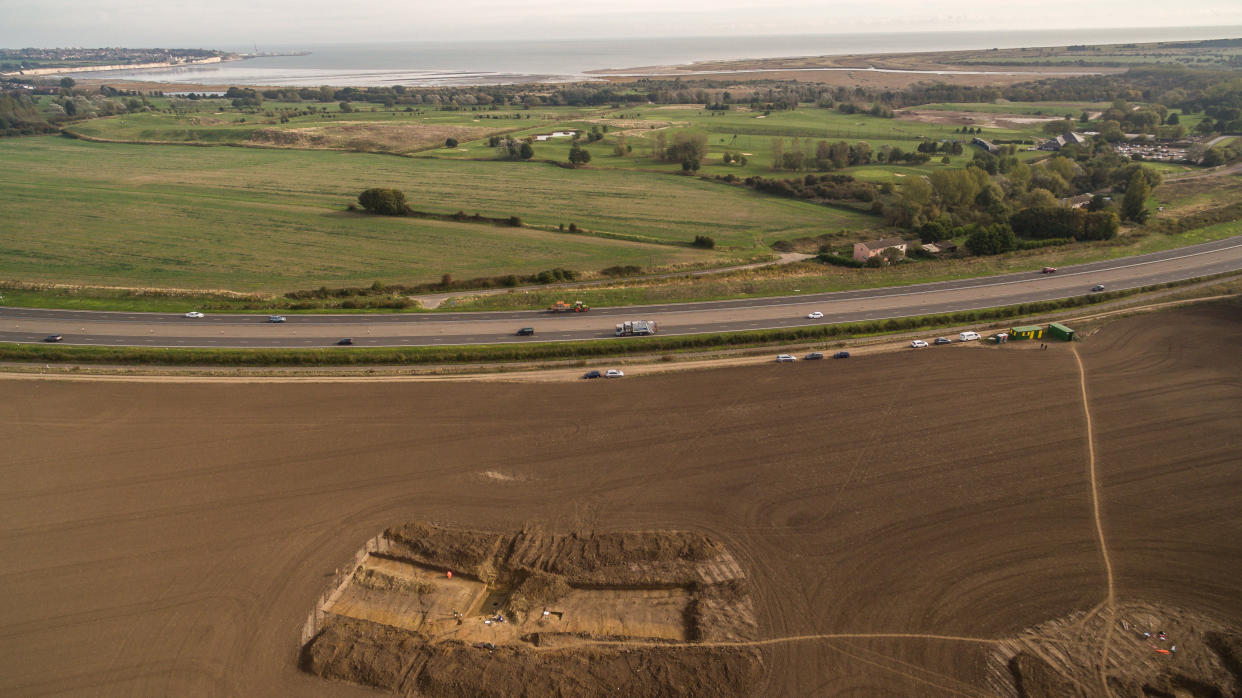
A team of archaeologists have discovered the landing site for Julius Caesar’s invasion of Britain more than 2,000 years ago for the first time – in Kent.
Caesar’s ships arrived at Pegwell Bay on the Isle of Thanet at the north east point of the county, a spot never previously considered because it was separated from the mainland.
But the location is consistent with Caesar’s own personal account – boasting visibility from the sea, the existence of a large open bay and the presence of higher ground.
It is believed that his army immediately constructed a fort on it, while iron weaponry and artefacts discovered in neighbouring Ebbsfleet suggest that it was a Roman base dating to the 1st century BC.
The base would have been up to 20 hectares in size, with the main purpose of protect ingCaesar’s fleet that had been drawn up on to the beach.
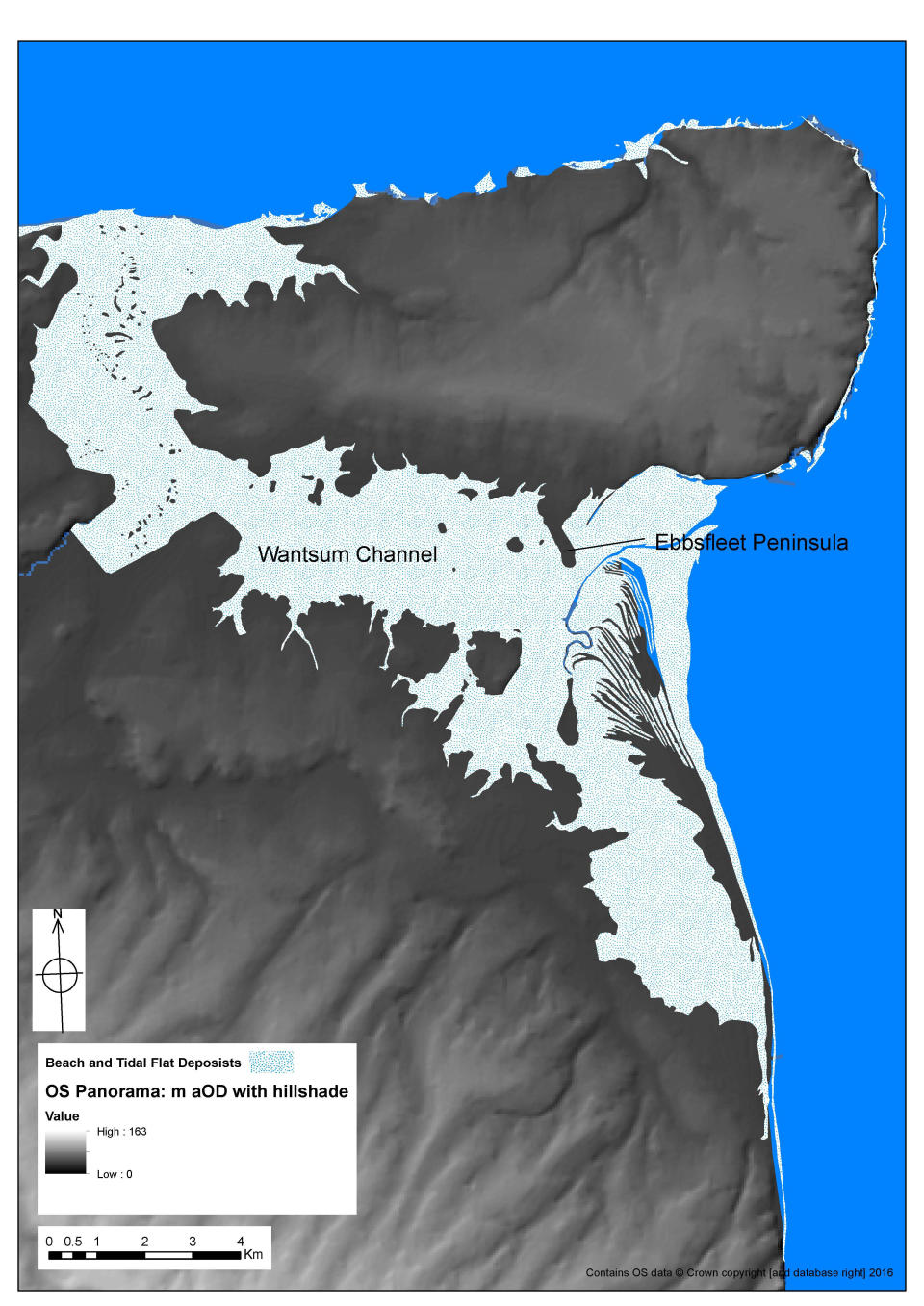
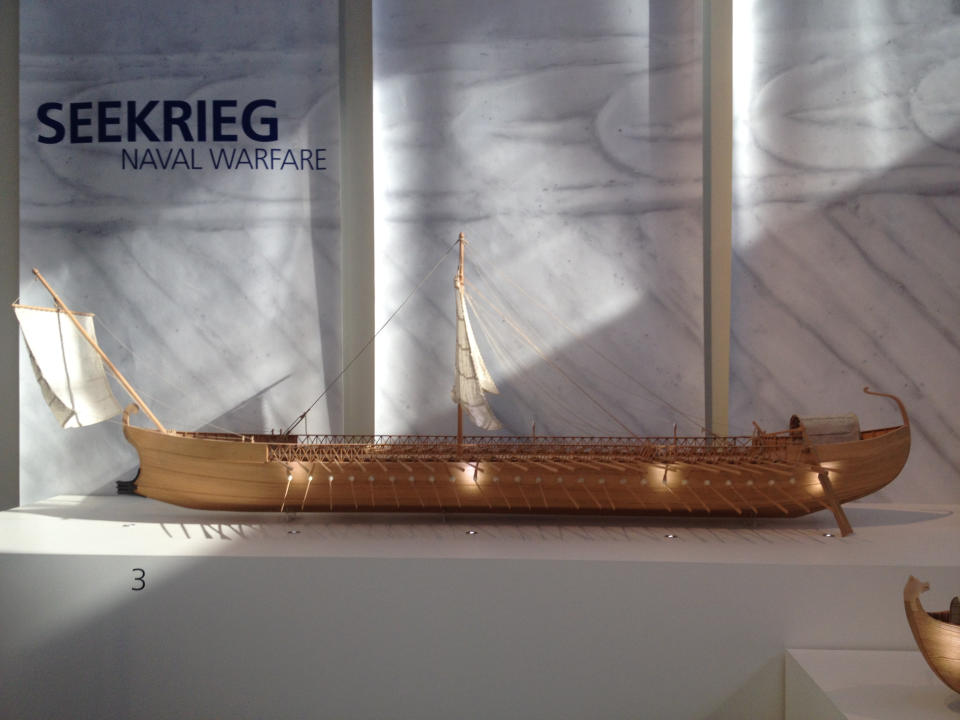
The findings have also been confirmed by radiocarbon dating of pottery which fits the period.
Dr Andrew Fitzpatrick, of the University of Leicester’s School of Archaeology and Ancient History, said: ‘The site at Ebbsfleet lies on a peninsular that projects from the south eastern tip of the Isle of Thanet.
‘Thanet has never been considered as a possible landing site before because it was separated from the mainland until the Middle Ages.
‘However, it is not known how big the Channel that separated it from the mainland, the Wantsum Channel, was.The Wantsum Channel was clearly not a significant barrier to people of Thanet during the Iron Age and it certainly would not have been a major challenge to the engineering capabilities of the Roman army.’
The landing occurred in 55 BC, after a previous attempt to invade Britain only a year previously proved unsuccessful.
The new study into the landing sight involved surveying hillforts that may have been attacked by Caesar, as well as studies in museums of objects that may have been made or buried at the time of the invasions, such as coin hoards, and excavations around Kent.
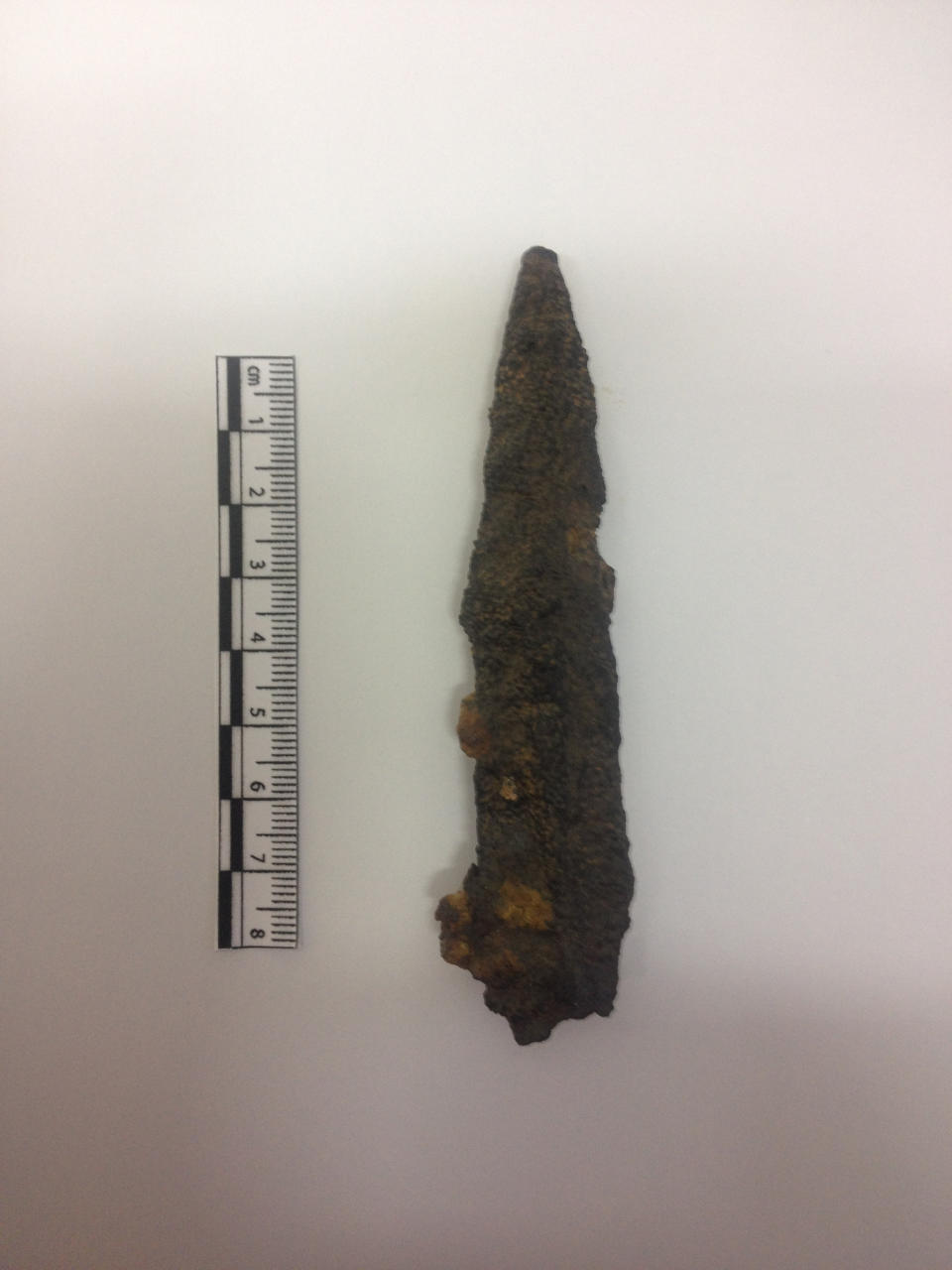
Caesar’s own account of his landing in 54 BC backs the study which was funded by the Leverhulme Trust and it will be featured in BBC Four’s Digging For Britain tonight (Wednesday).
Dr Fitzpatrick said: ‘Sailing from somewhere between Boulogne and Calais, Caesar says at sunrise they saw Britain far away on the left hand side.
‘As they set sail opposite the cliffs of Dover, Caesar can only be describing the white chalk cliffs around Ramsgate which were being illuminated by the rising sun.
‘Caesar describes how the ships were left at anchor at an even and open shore and how they were damaged by a great storm. This description is consistent with Pegwell Bay, which today is the largest bay on the east Kent coast and is open and flat.
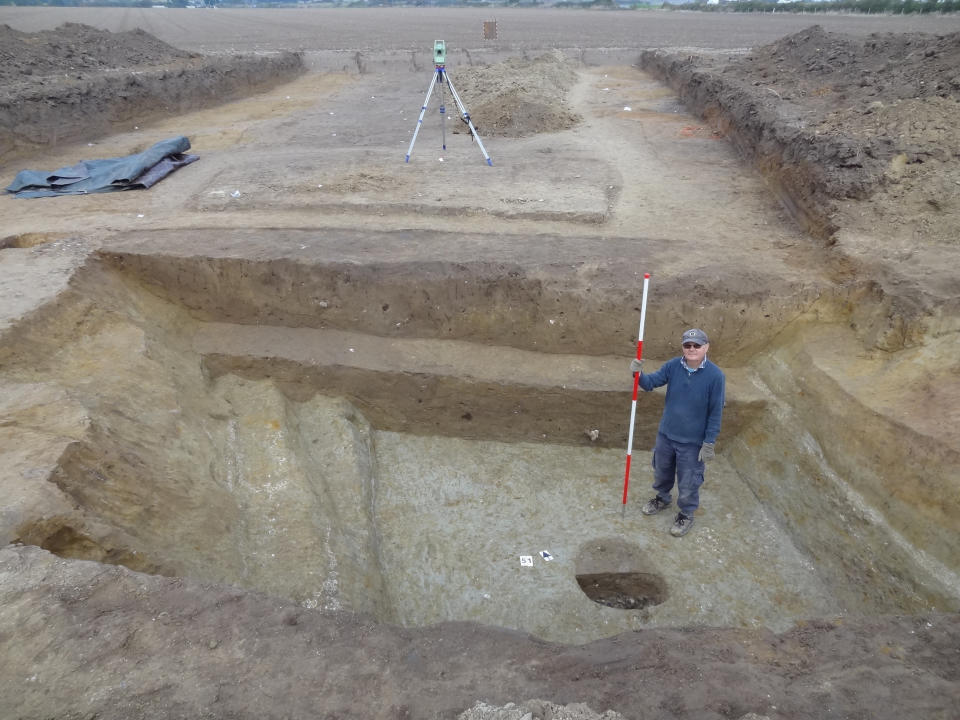
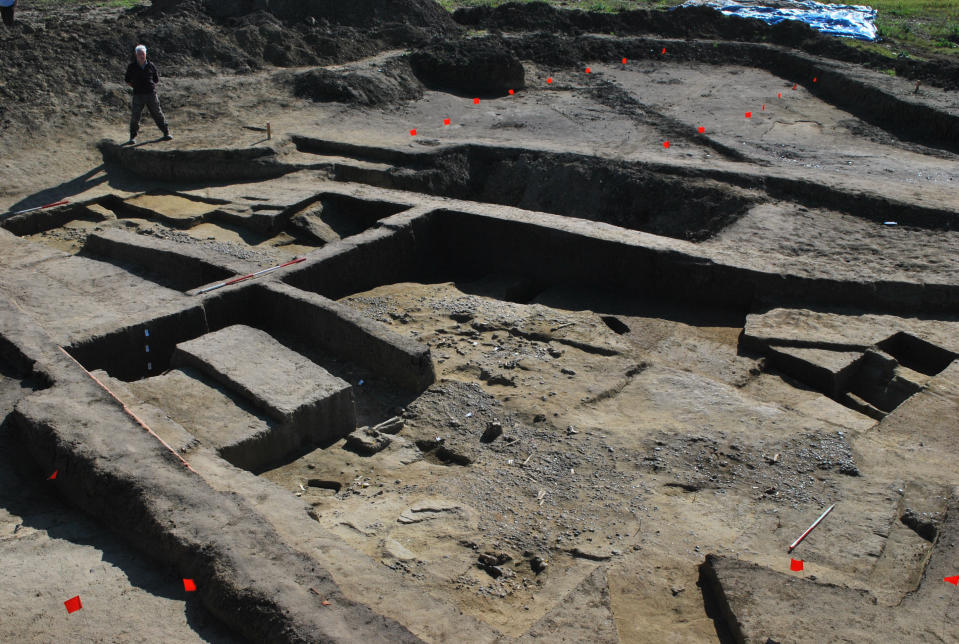
‘The bay is big enough for the whole Roman army to have landed in the single day that Caesar describes. The 800 ships, even if they landed in waves, would still have needed a landing front 1-2 km (0.62 to 1.24 miles) wide.
‘Caesar also describes how the Britons had assembled to oppose the landing but, taken aback by the size of the fleet, they concealed themselves on the higher ground. This is consistent with the higher ground of the Isle of Thanet around Ramsgate.
‘These three clues about the topography of the landing site; the presence of cliffs, the existence of a large open bay, and the presence of higher ground nearby, are consistent with the 54 BC landing having been in Pegwell Bay.’

 Yahoo News
Yahoo News 

